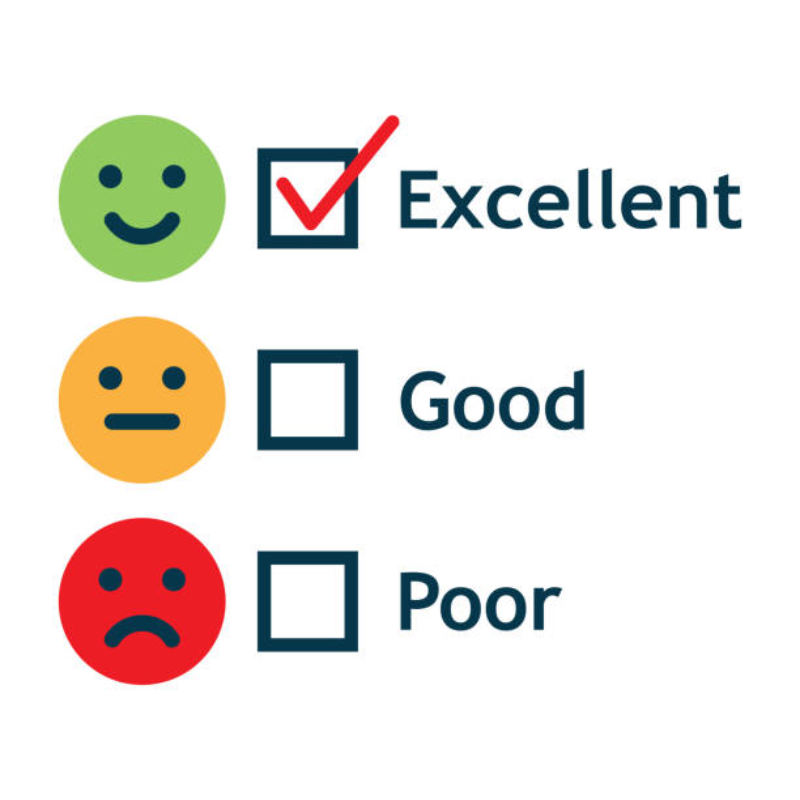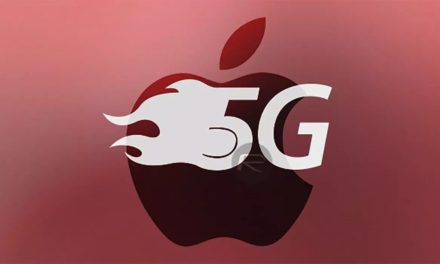Only 9% of customers report resolving their issues completely via self-service, according to Gartner, Inc. (www.gartner.com). Many companies create more channels for customer service, but this creates complex customer resolution journeys, as customers switch frequently between channels, adds the research group.
“The idea behind providing customers with more channels in order to give them what they ‘want’ and in an attempt to offer more choice in their service experience sounds like a great idea, but In fact, it has unintentionally made things worse for customers,” said Rick DeLisi, vice president in Gartner’s Customer Service & Support practice. “This approach of ‘more and better channels’ isn’t living up to the promise of reduced live call volume and is only leading to more complex and costly customer interactions to manage. That becomes a ‘lose-lose’ for customers and the companies that are trying to serve them.”
When customers can’t solve their issues via self-service, they resort to live customer service calls in order to solve their problem — thereby driving up operating costs as a result. Gartner’s 2019 Customer Service and Support Leader poll identified that live channels such as phone, live chat and email cost an average of $8.01 per contact, while self-service channels such as company-run websites and mobile apps cost about $0.10 per contact.
“As customer behavior in self-service continues to evolve, we are learning that most people have become used to the idea of using more than one channel (i.e., phone, chat, text/SMS, online videos, review sites in-store visits) during the resolution of one problem or issue with a given company,” added Mr. DeLisi. “The bad news is that it is definitely forcing a higher cost-to-serve for companies with no significant increase in the overall quality of the customer experience.”
In a survey of 8,398 customers, the top five customers’ preferred channels for issue resolution included: phone (44%), chat (17%), email (15%), company website (12%) and search engine (4%). Gartner research shows that both customer effort and customer satisfaction levels do not statistically differ between channels, and customer loyalty is not affected by use or availability of a preferred channel.
Yet, many service organizations continue to add more and more channels even though access to these channels does not produce the expected customer experience benefits. The addition of digital channels often results in varying levels of maturity and an inconsistent experience. To make matters worse, live call volume and associated costs for issue resolution aren’t decreasing.
Given the varying costs associated with each channel and customers’ willingness to use any channels available to them, service organizations must rethink their overall service strategy to move toward a more self-service dominant approach. This requires a thoughtful approach to channel offerings — one where channels can no longer be “bolted on” after the fact. Instead, customer service and support leaders must consider the following four imperatives to move to a more self-service dominant approach:
° Establish a self-service strategy that prioritizes resolution, not channel choice: Ensure that dedicated leadership capacity is allocated to self-service channels to oversee each channel’s purpose and performance.
° Manage self-service capabilities like a product, not an IT project: Service organizations should manage self-service channels and capabilities like products with measurable ROI goals tied to volume reduction and customer experience.
° Prevent self-service abandonment through confidence-building design: Channels that provide clear and actionable information, confirmation that resolution steps are underway, and indications that information is credible foster a sense of confidence in the customer, which in turn empowers them to continue utilizing self-service channels rather than reaching out to a live rep.
° Evolve talent management practices for a self-service dominant strategy: Service leaders should manage live talent as a precious resource, skewing focus to the retention of top talent and training them to take control of customer interactions.




